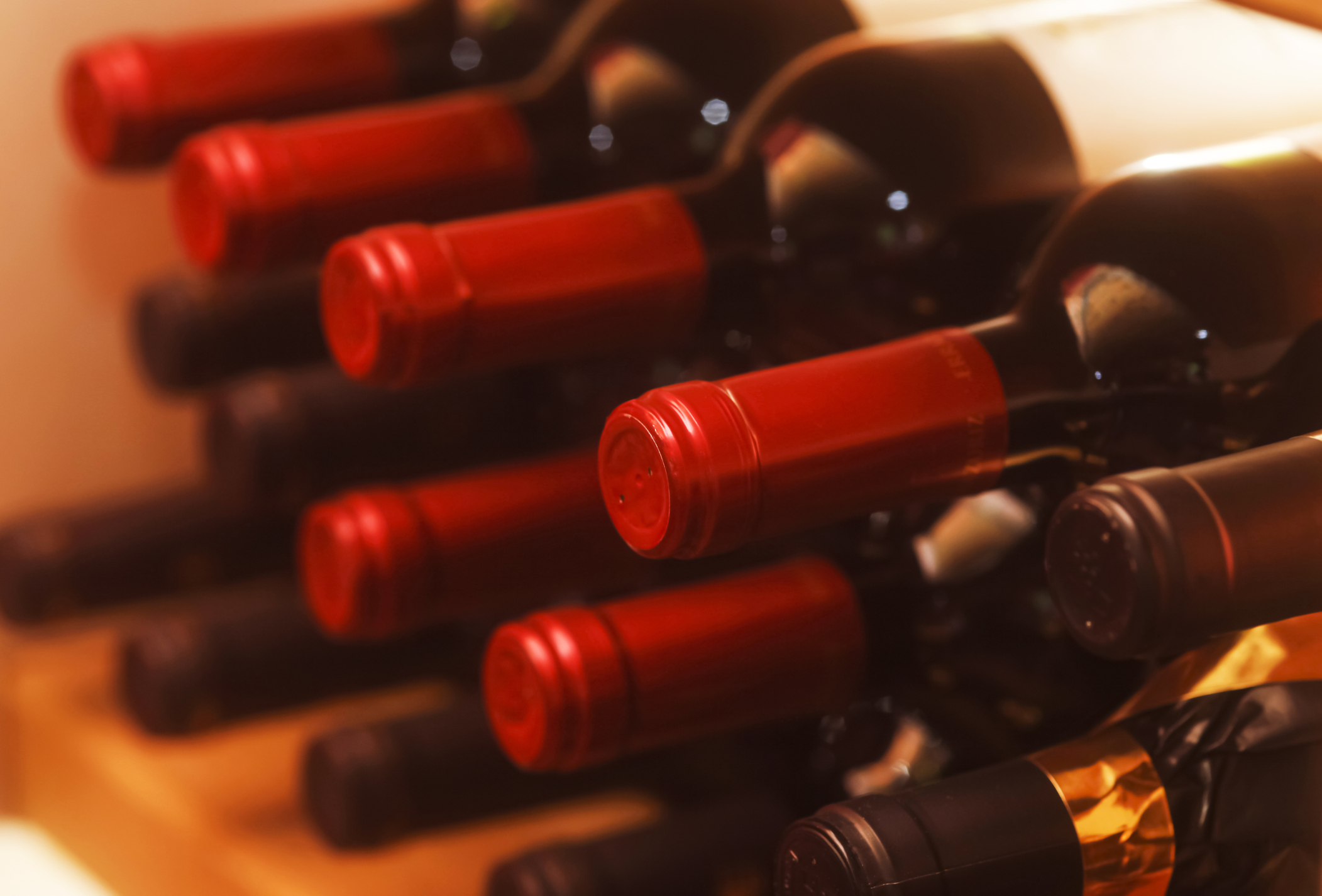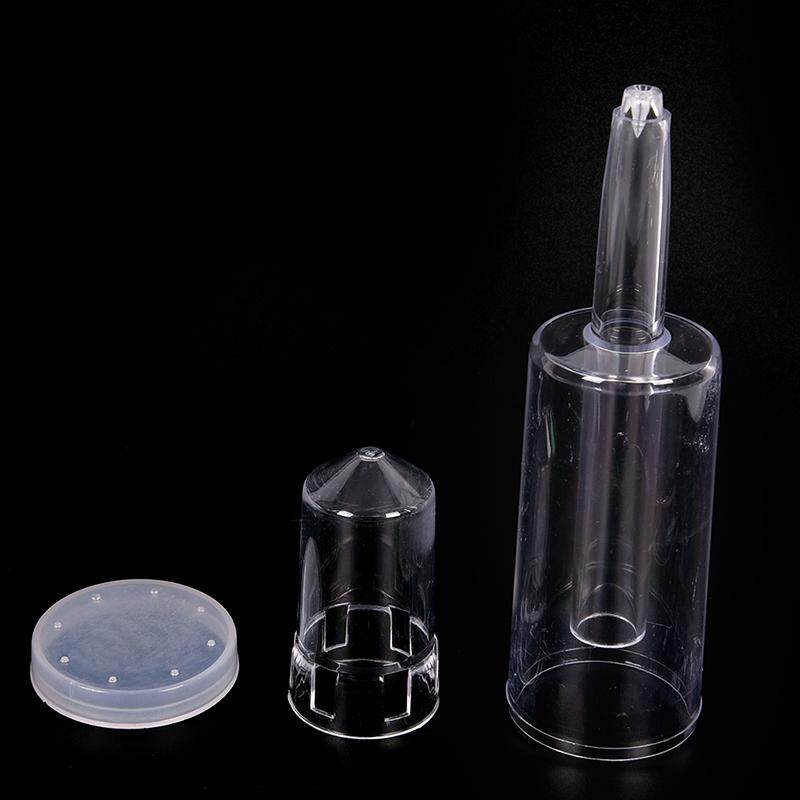
Higher fruit concentration, acids and tannins not only give wine balance and depth, but they can protect it from the elements while in the bottle. Better-made wines tend to withstand extreme temperatures and other adverse conditions better than cheap wines, while still maintaining their character. In addition to temperature and time, a key factor is the wine itself. So, if a wine lives in an environment that’s too warm for too long, it will race through its peak right into decline, instead of developing gracefully. Above 80˚F, that wine is at risk with each passing hour.ĭoes that mean that a bottle left out in your 72˚F living room for a week is going to spoil? Probably not, but it may expedite the aging process, which becomes accelerated by exposing wine to higher temperatures. Be wary if it’s kept in temperatures above 75˚F for more than a few days. Once you creep past 70˚F, wine falls into the danger zone, and is in peril of irreparable damage.

But wine is best stored between 53–57˚F when intended for aging, and temperatures can range from the mid-40s to mid-60s for service, depending on the wine. There are many factors involved in wine spoilage, and no definitive temperature will make a wine go bad. Is the wine spoiled? Did you just turn that beautiful bottle of Pinot into an expensive bottle of vinegar? Or maybe you left a bottle out on the counter during winter while the heat was blasting.

After you watch the kids’ soccer games and wait in a particularly long line at the grocery store, you realize that your wine has been sitting in a hot car approaching 80˚F for a good 4–5 hours. So, you’ve picked up a lovely bottle of Pinot Noir on an unusually warm Saturday.

But exactly how hot is too hot? And how long is too long before your wine turns to vinegar? Let’s explore how temperature affects wine. Exposing a bottle to higher temperatures for an extended period of time will affect its integrity and potentially “cook” the wine.


 0 kommentar(er)
0 kommentar(er)
